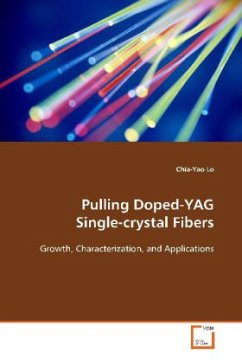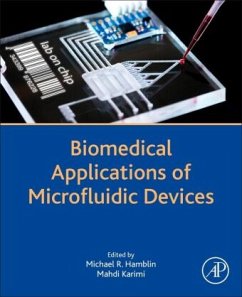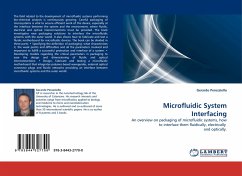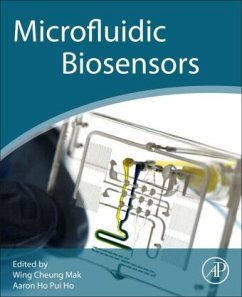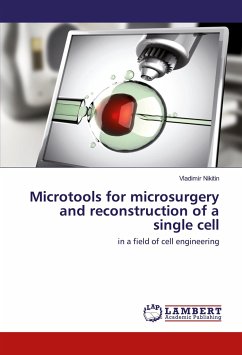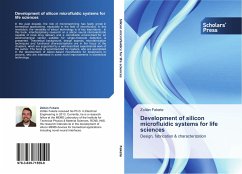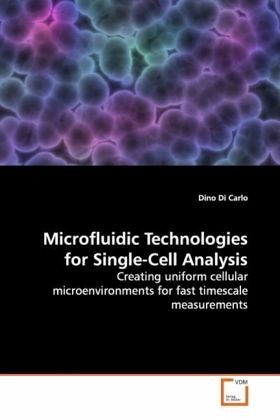
Microfluidic Technologies for Single-Cell Analysis
Creating uniform cellular microenvironments for fast timescale measurements
Versandkostenfrei!
Versandfertig in 6-10 Tagen
32,99 €
inkl. MwSt.

PAYBACK Punkte
16 °P sammeln!
Analysis of single cells allows a completeunderstanding of the heterogeneity that is present incell behavior and function. Current single-cellanalysis methods provide high-throughput informationabout labeled biomolecules within cells, but oftencannot follow the dynamic processes occurring insignaling pathways. New microfluidic methods haveseparately allowed assays of fast timescale responsesor creation of uniform environments to study cellbehavior in a more quantitative manner. This bookfocuses on microfluidic hydrodynamic trappingtechniques that aid in both fast timescalemeasurements and unif...
Analysis of single cells allows a complete
understanding of the heterogeneity that is present in
cell behavior and function. Current single-cell
analysis methods provide high-throughput information
about labeled biomolecules within cells, but often
cannot follow the dynamic processes occurring in
signaling pathways. New microfluidic methods have
separately allowed assays of fast timescale responses
or creation of uniform environments to study cell
behavior in a more quantitative manner. This book
focuses on microfluidic hydrodynamic trapping
techniques that aid in both fast timescale
measurements and uniform environmental control in a
single platform. Example applications for fast
timescale analysis of pore-forming toxin insertion
into membranes and assays of single-cell enzyme
content will be presented. The book would be of
interest to analytical chemists, engineers, and
biologists developing platforms to study single-cell
behavior. Also, biologists looking for tools to
study cells of interest with statistical accuracy
would find the book most helpful.
understanding of the heterogeneity that is present in
cell behavior and function. Current single-cell
analysis methods provide high-throughput information
about labeled biomolecules within cells, but often
cannot follow the dynamic processes occurring in
signaling pathways. New microfluidic methods have
separately allowed assays of fast timescale responses
or creation of uniform environments to study cell
behavior in a more quantitative manner. This book
focuses on microfluidic hydrodynamic trapping
techniques that aid in both fast timescale
measurements and uniform environmental control in a
single platform. Example applications for fast
timescale analysis of pore-forming toxin insertion
into membranes and assays of single-cell enzyme
content will be presented. The book would be of
interest to analytical chemists, engineers, and
biologists developing platforms to study single-cell
behavior. Also, biologists looking for tools to
study cells of interest with statistical accuracy
would find the book most helpful.





